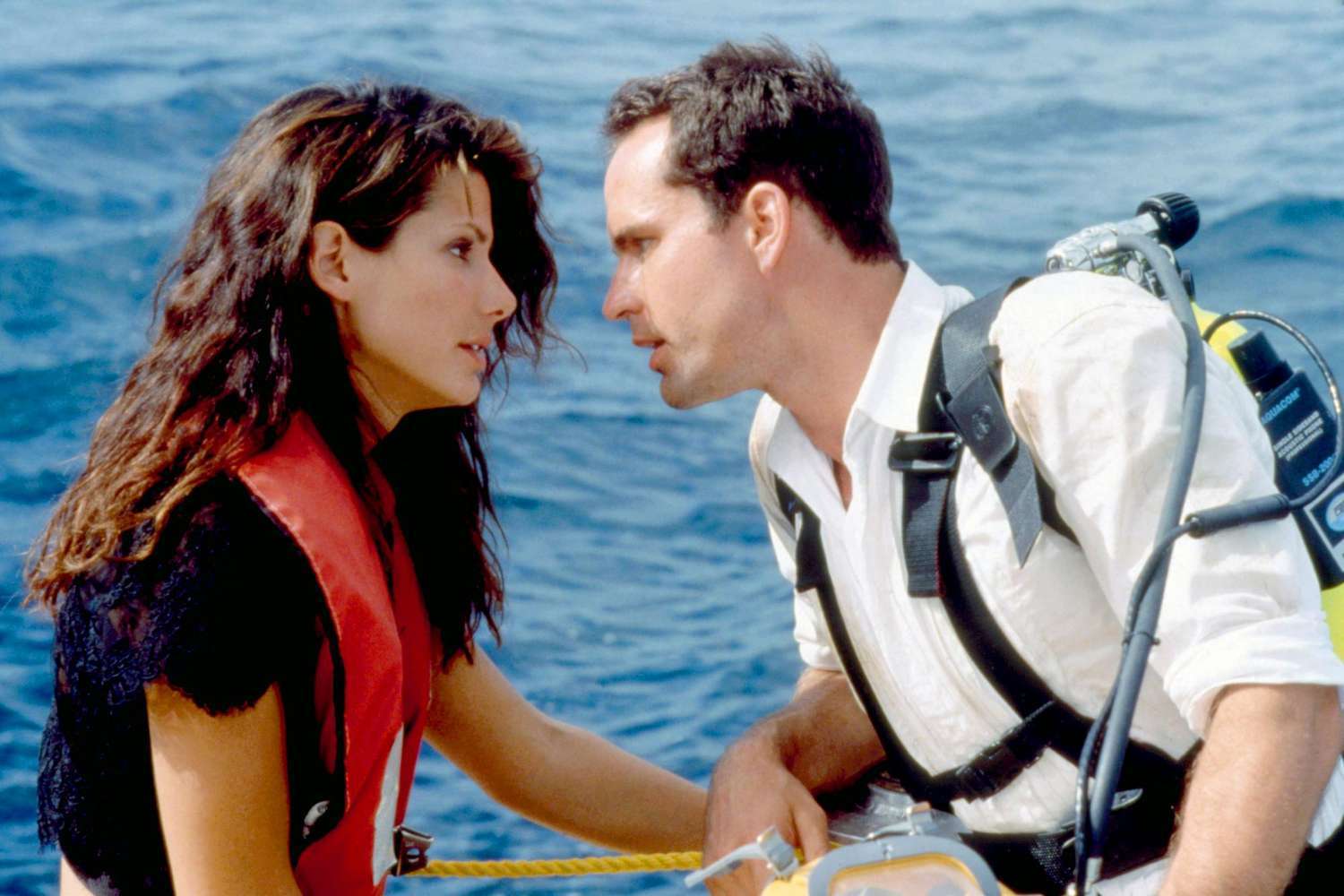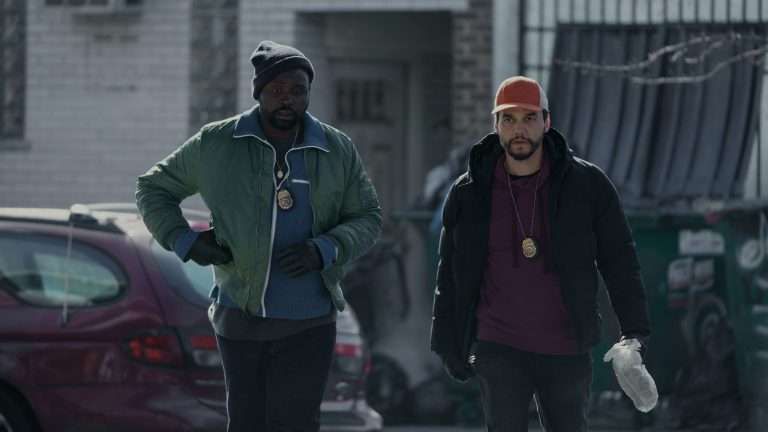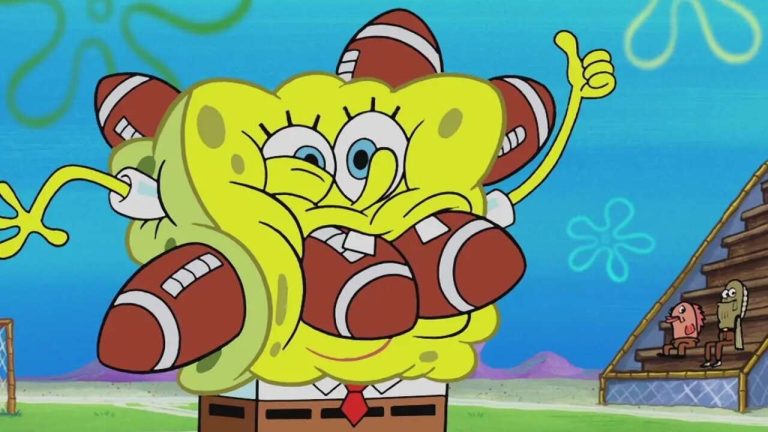When Speed 2: Cruise Control arrived in theaters in 1997, most audiences and critics steered clear of giving it any positive acclaim. The film, directed by Jan de Bont, received a dismal 4% rating on Rotten Tomatoes, making it one of the least-loved sequels of its time. Gone were the high-stakes thrills of a runaway bus hurtling through the streets of Los Angeles. Instead, the setting shifted to a cruise liner, a sprawling but somewhat less high-octane environment that many felt lacked the pulse-pounding urgency of the original film. While this change disappointed most viewers, one notable critic took a refreshingly unconventional approach in praising the film—none other than Roger Ebert, who gave it an almost affectionate review.
In Speed 2, Sandra Bullock returns as Annie, now in a new relationship with LAPD SWAT officer Alex (Jason Patric). While on a tropical cruise together, they face the unexpected threat of a vengeful villain, Geiger (Willem Dafoe), whose laptop can hijack the ship’s systems. Armed with jars of leeches to “treat” his copper poisoning, Geiger has an elaborate plan to sink the ship, making him one of the most colorful and eccentric villains of the ‘90s.

For most critics, this setup didn’t quite work, feeling absurd and contrived compared to the original’s simplicity and suspense. But Ebert found a certain charm in the goofiness of it all. “The special effects sequences in the movie are first-rate,” he observed, particularly noting a dramatic scene where the cruise ship crashes into a pier. To him, the film’s embrace of “summer movie” clichés made it a guilty pleasure worth savoring.
Ebert’s review dives into the film’s wacky plot points with unabashed enthusiasm, pointing out the array of unlikely details that give Speed 2 its unique flavor. From Geiger’s meticulously labeled “FIBER OPTIC CONVERTER” to the golf club rigged with an explosive device featuring a digital countdown—details that Ebert “chortled” over—it was clear he enjoyed the film’s over-the-top absurdity. He appreciated how Speed 2 leaned into its own ridiculousness without taking itself too seriously.
Also, Read – Here’s Why Roger Ebert Hated This Kubrick Masterpiece
For Ebert, the movie’s appeal lay in its sheer willingness to have fun with itself, reveling in blockbuster tropes that many summer flicks tend to amplify. He described the experience of walking down Chicago’s Michigan Avenue on a warm June evening, grabbing popcorn, and settling in to watch what he knew would be a big, implausible action film. It was less about critical judgment and more about the enjoyment of the summer movie season.
Sandra Bullock’s character, Annie, maintained her charm and resilience, though Ebert pointed out that the film reduced her role compared to the first Speed. He regretted the decision to shift focus onto Jason Patric’s character, feeling that the movie would have benefitted from more screen time for Bullock. The film’s quirky character roster—the diamond dealers, a fat-acceptance group, and a deaf girl trapped in an elevator—all added to the movie’s chaotic but oddly endearing vibe.
Despite its narrative flaws, Speed 2 had an unexpected hero in Ebert, who saw value in its goofiness. Unlike most critics, he found himself laughing at its indulgent scenes and absurd gadgets, proving that sometimes, a film doesn’t need to be perfect to provide entertainment.






